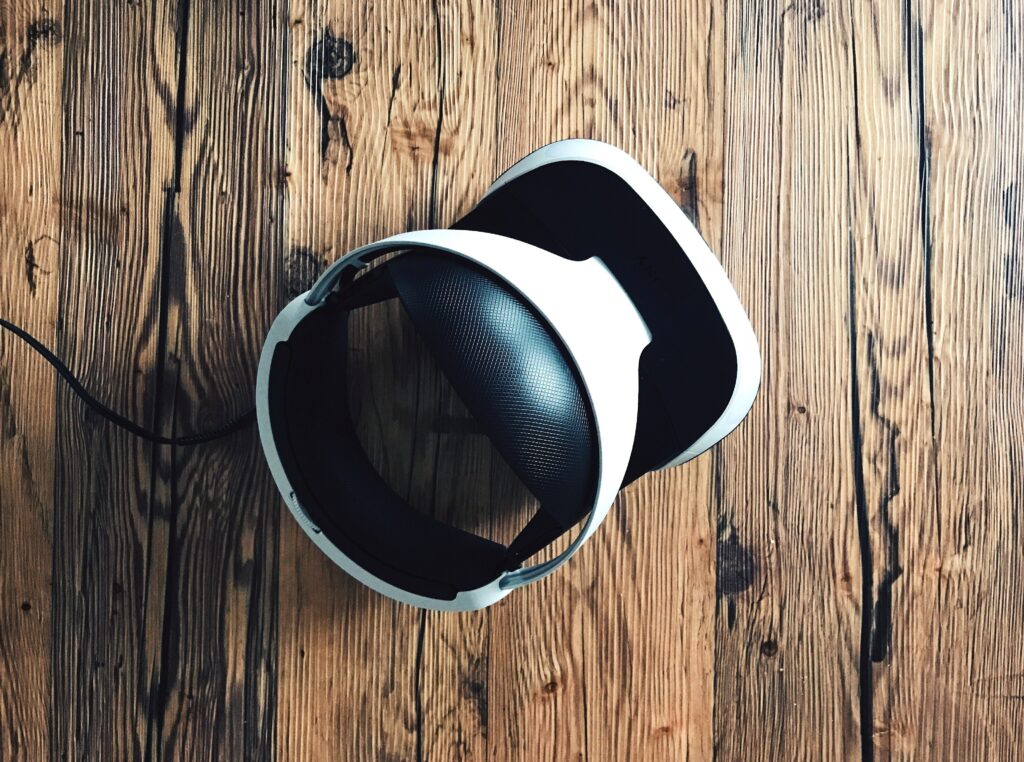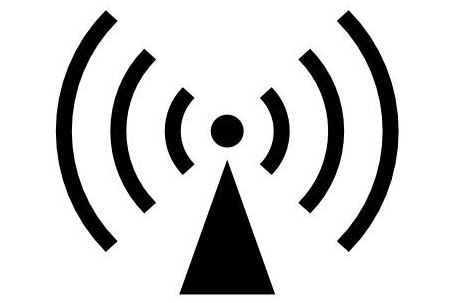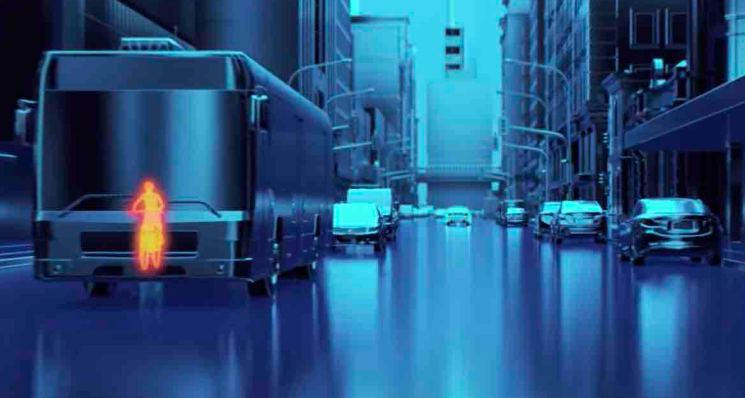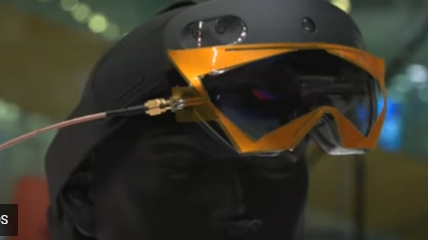This is crazy: an augmented reality headset that allows you to discover hidden things!

MIT researchers have built an augmented reality headset that gives the wearer X-ray vision. The headset combines computer vision and wireless perception to automatically locate a specific item that’s hidden from view, perhaps inside a box or under a stack, and then guides the user to retrieve it.
The system uses radio frequency (RF) signals, which can pass through common materials such as cardboard boxes, plastic containers or wooden dividers, to find hidden items that have been tagged with RFID tags, which reflect signals sent by an RF antenna. The headset directs the user as they walk across a room to the location of the item, which appears as a transparent sphere in the augmented reality (AR) interface, once the item is in the user’s hand, the headset, named X- AR, check that you picked up the correct item.


X-AR could help e-commerce warehouse workers quickly find items on cluttered shelves or buried in boxes, or by identifying the exact item for an order when there are many similar items in the same container, it could also be used in a manufacturing plant to help technicians locate the correct parts to assemble a product.
To create an augmented reality headset with X-ray vision, the researchers first had to equip an existing headset with an antenna that could communicate with RFID-tagged items; they needed a lightweight antenna that could achieve high enough bandwidth to communicate with the tags. The team took a simple, lightweight loop antenna and experimented with gradually changing its width, also adding gaps, both techniques that increase bandwidth. Since the antennas typically operate outdoors, the researchers optimized them to send and receive signals when they connect to the sun visor of the headphones.


Once the team built an effective antenna, they focused on using it to locate items with RFID tags. They took advantage of a technique known as synthetic aperture radar (SAR), which is similar to how planes take images of objects on the ground. X-AR takes measurements with its antenna from different vantage points as the user moves around the room, then combines those measurements. In this way, it acts as an antenna array where measurements from multiple antennas are combined to locate a device.
The researchers used the headset’s holographic display capabilities to display this information to the user in a user-friendly way. Once the user puts on the headphones, they use menus to select an object from a database of tagged items, then locate the object, surrounding it with a transparent sphere so the user can see where it is in the room. The device then projects the path to that item in the form of steps on the floor, which can dynamically update as the user walks.





Responses